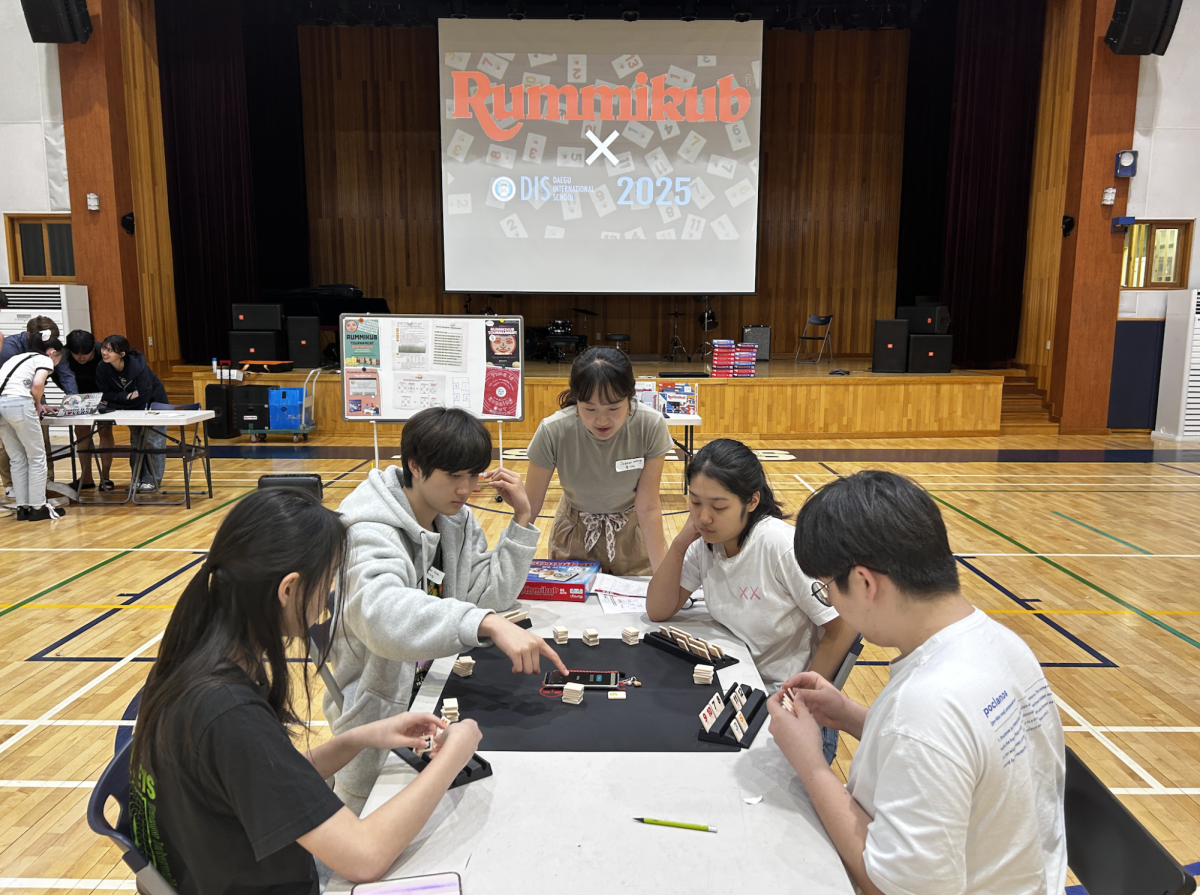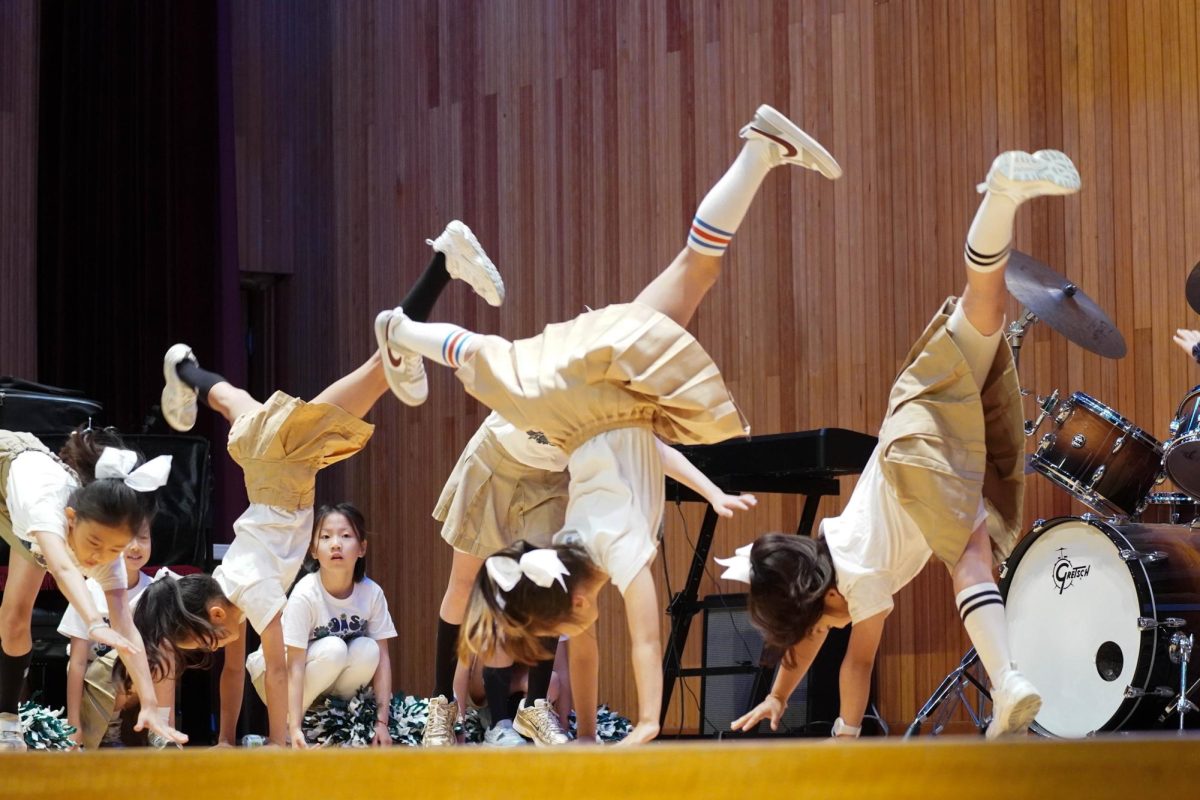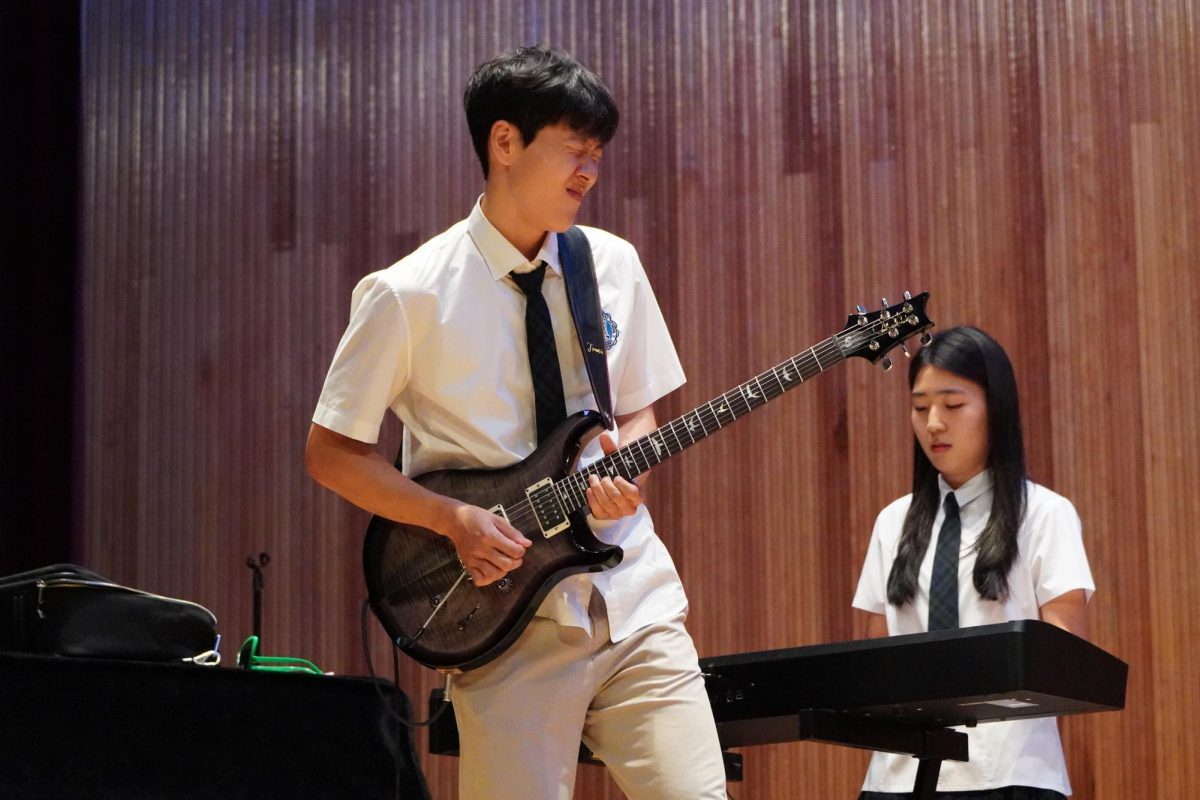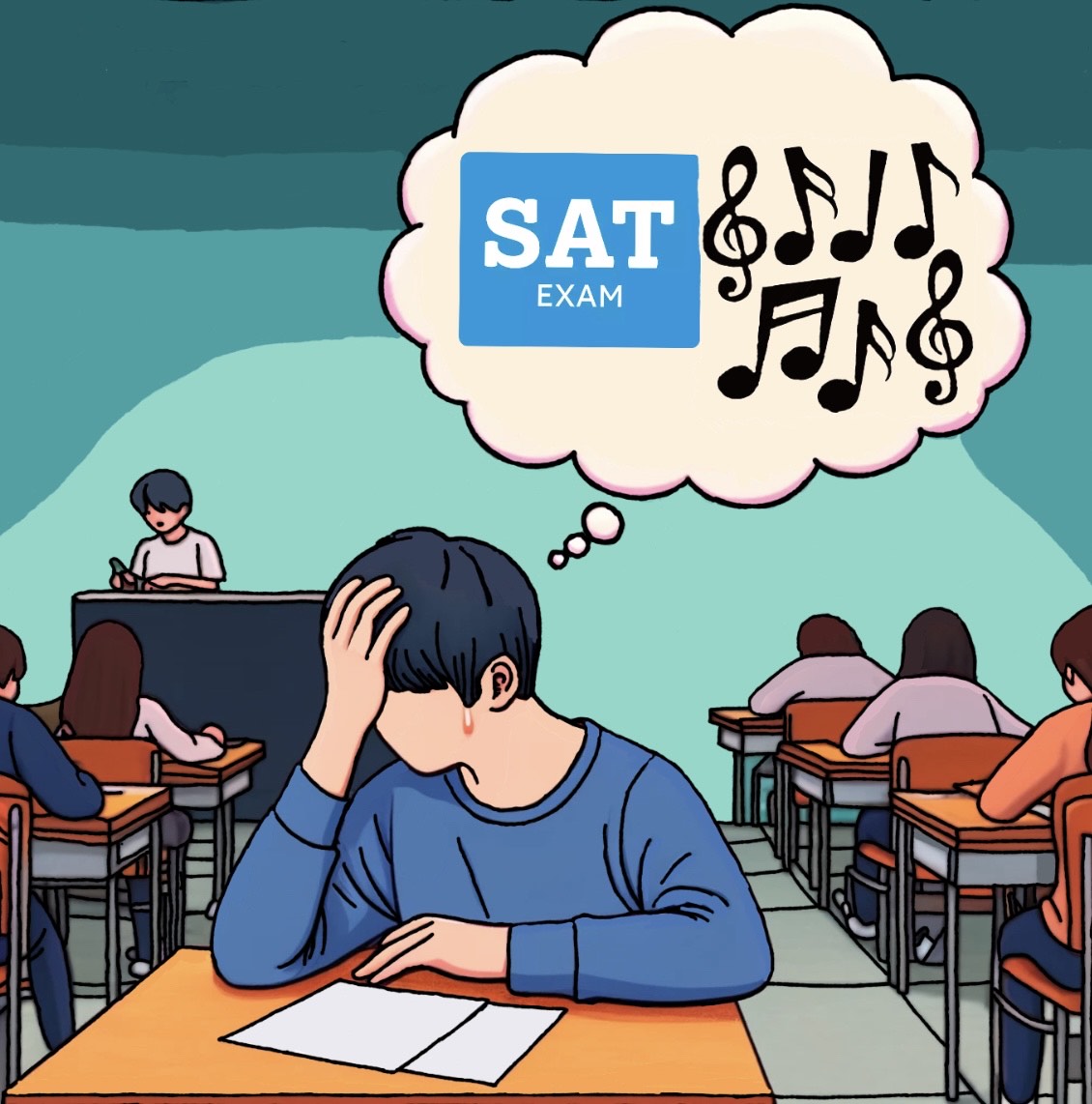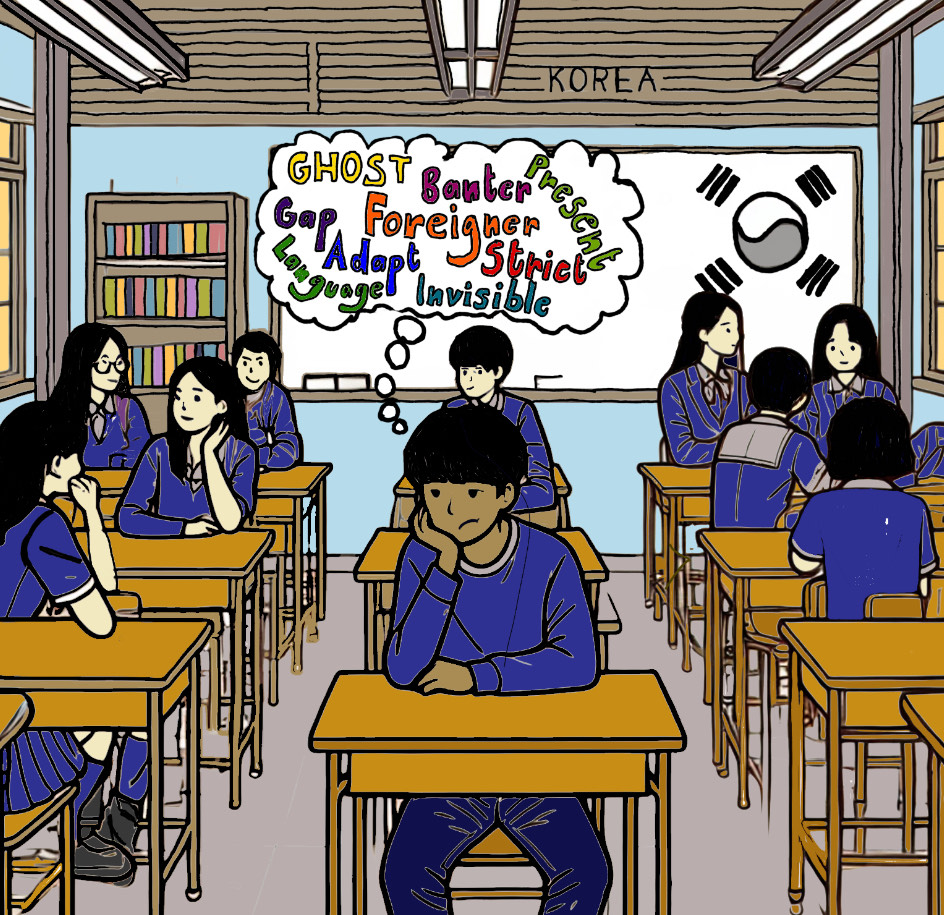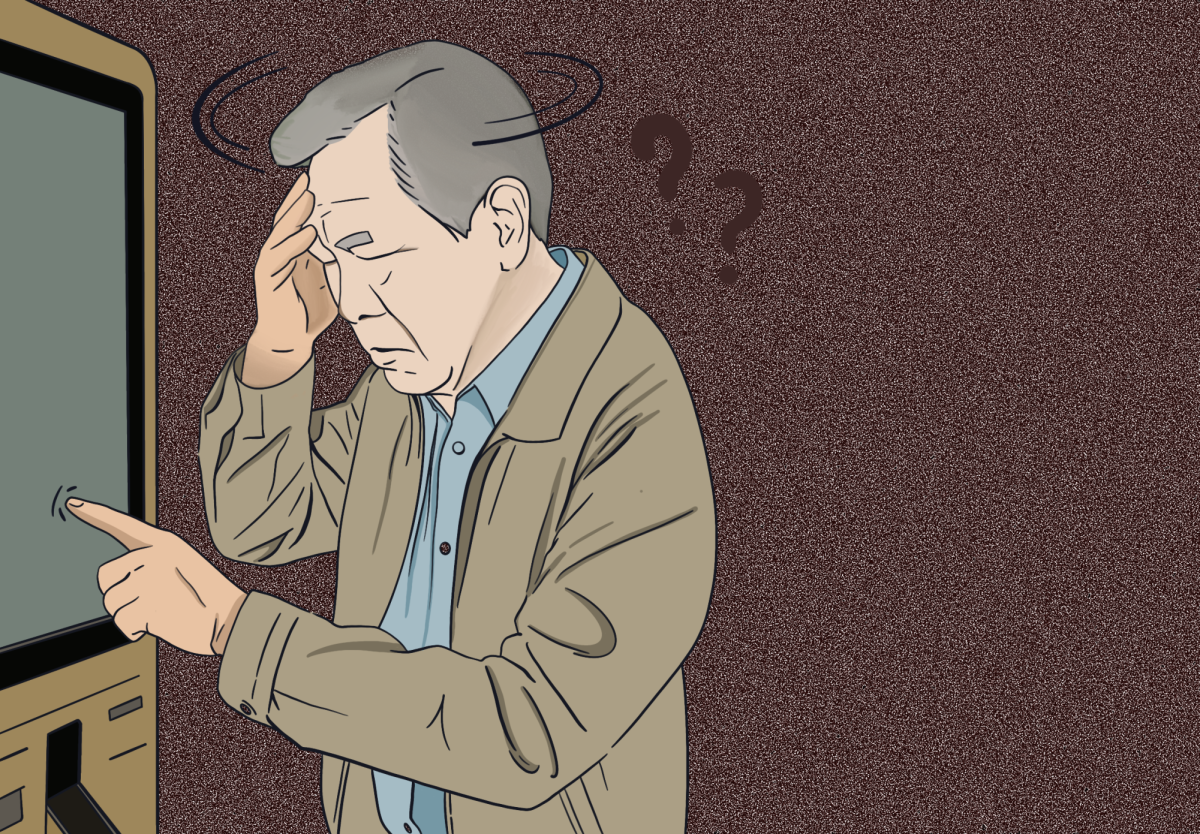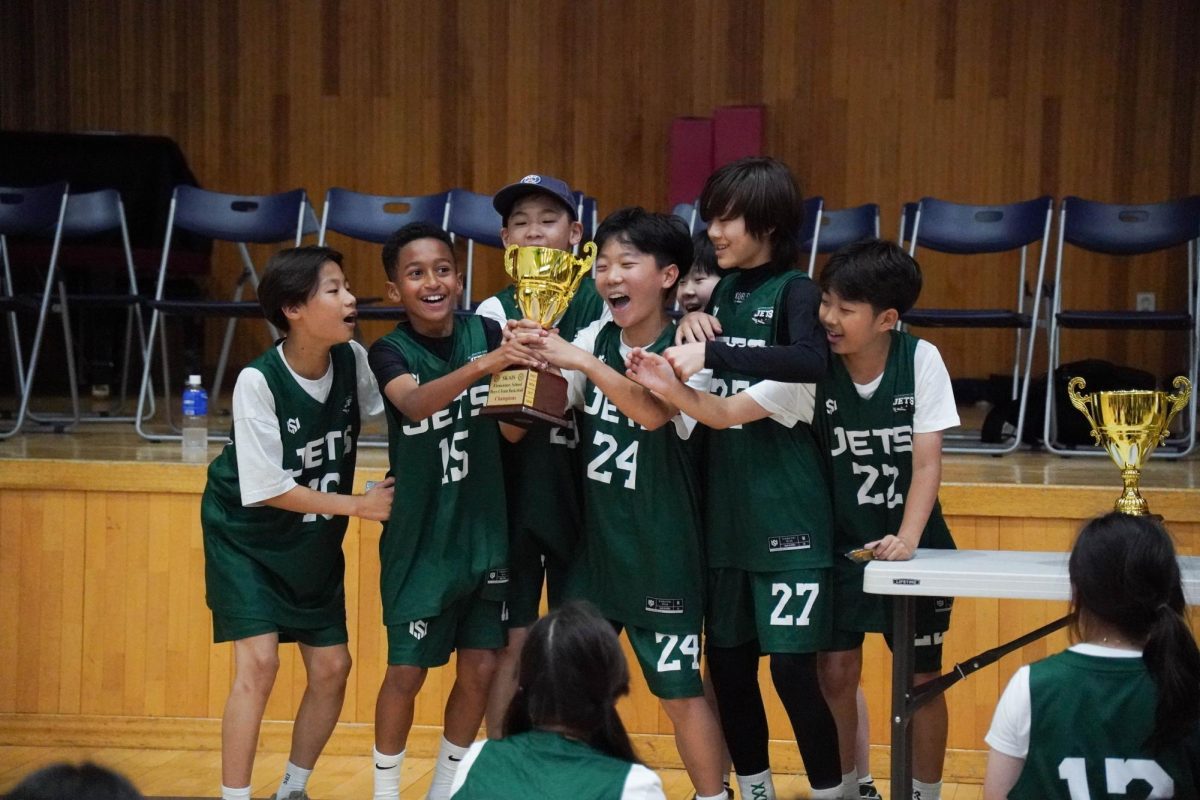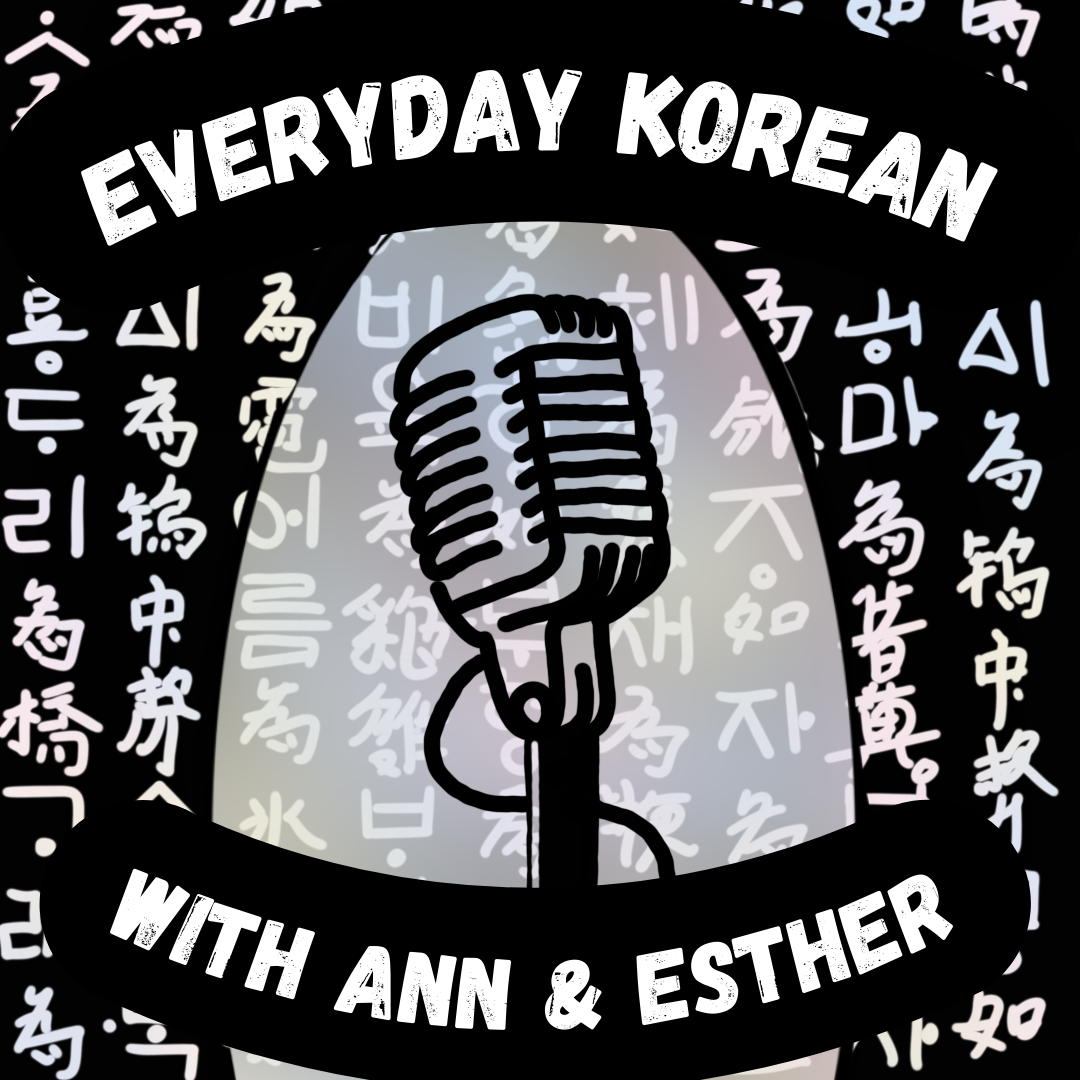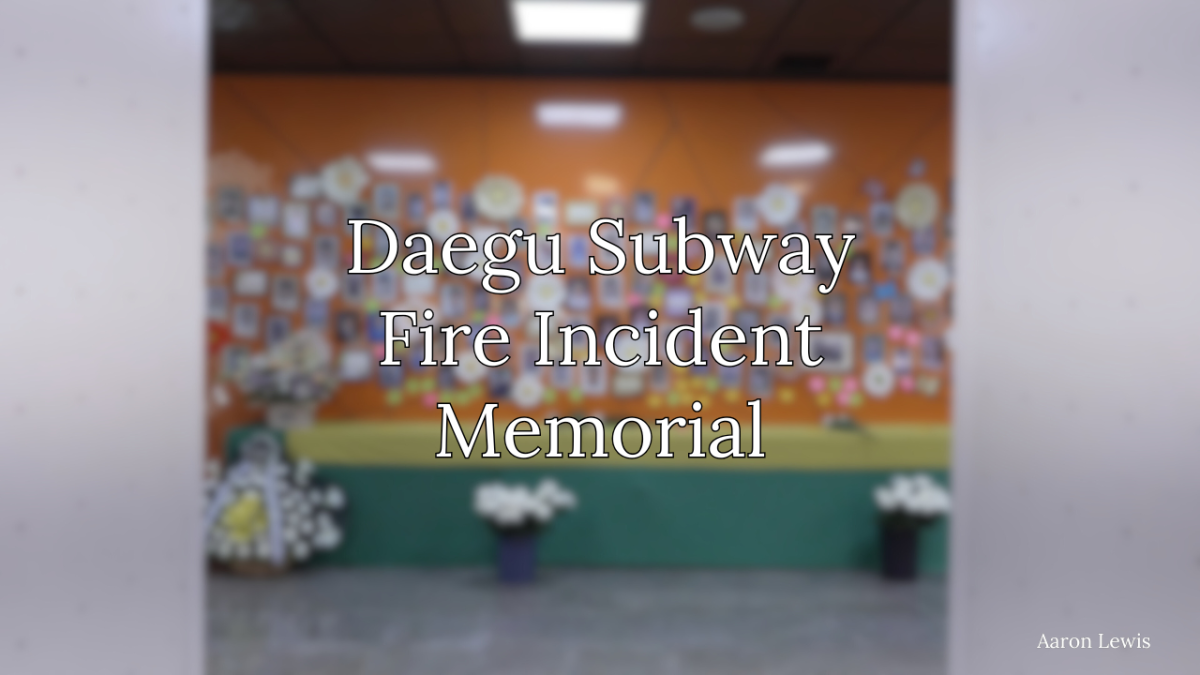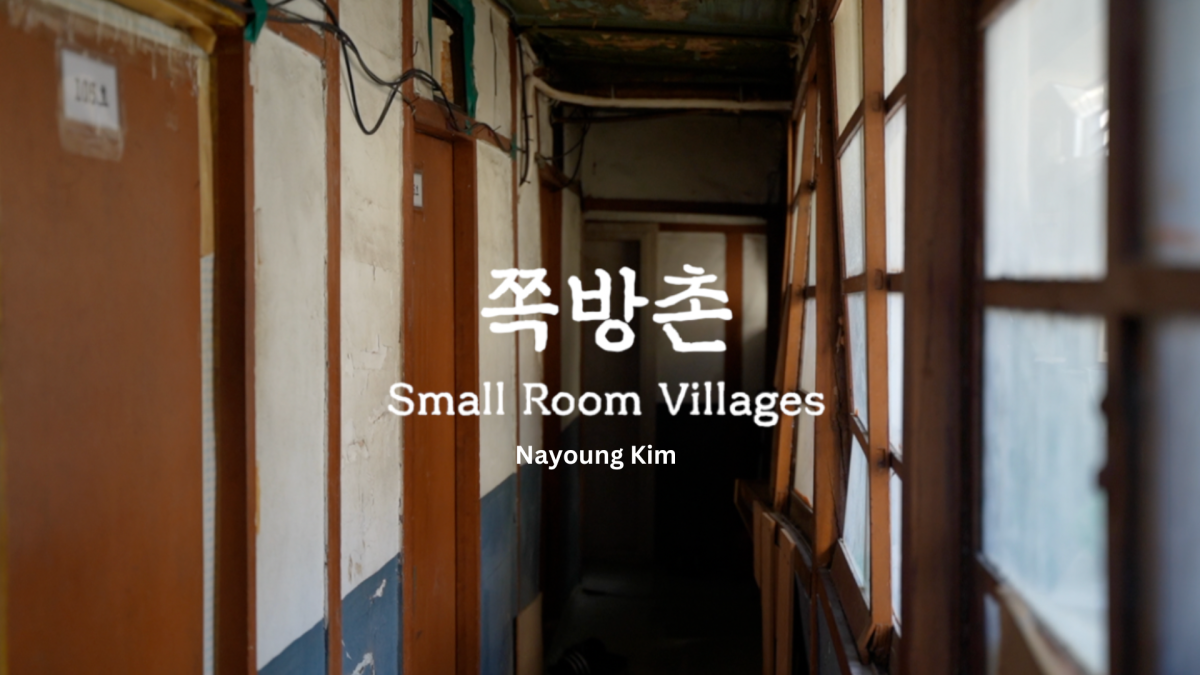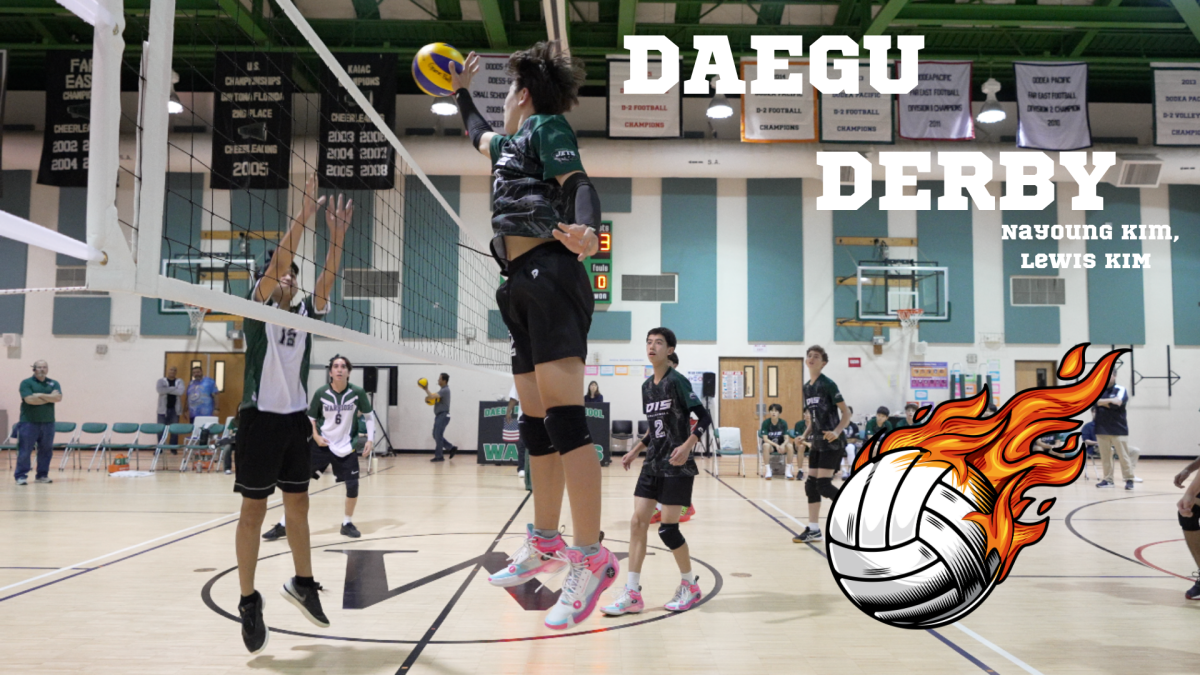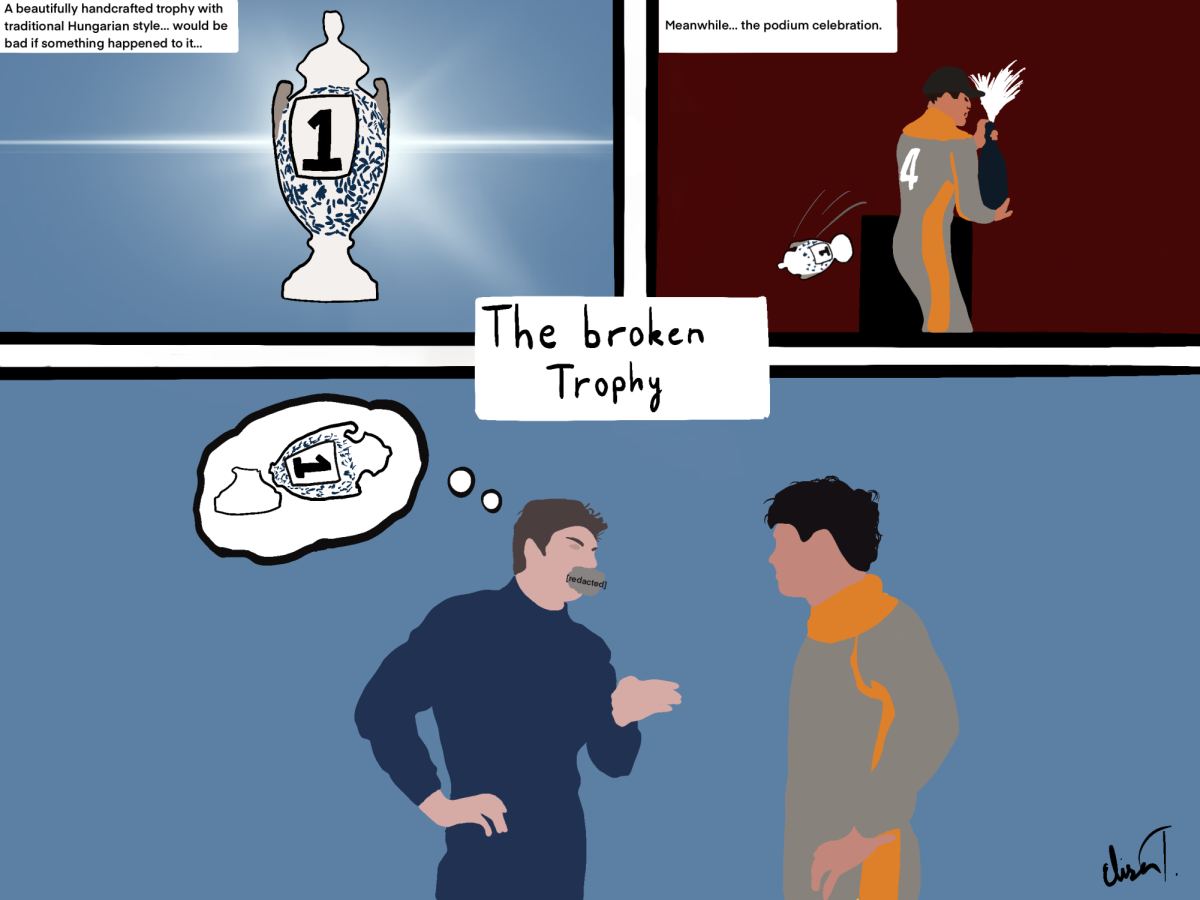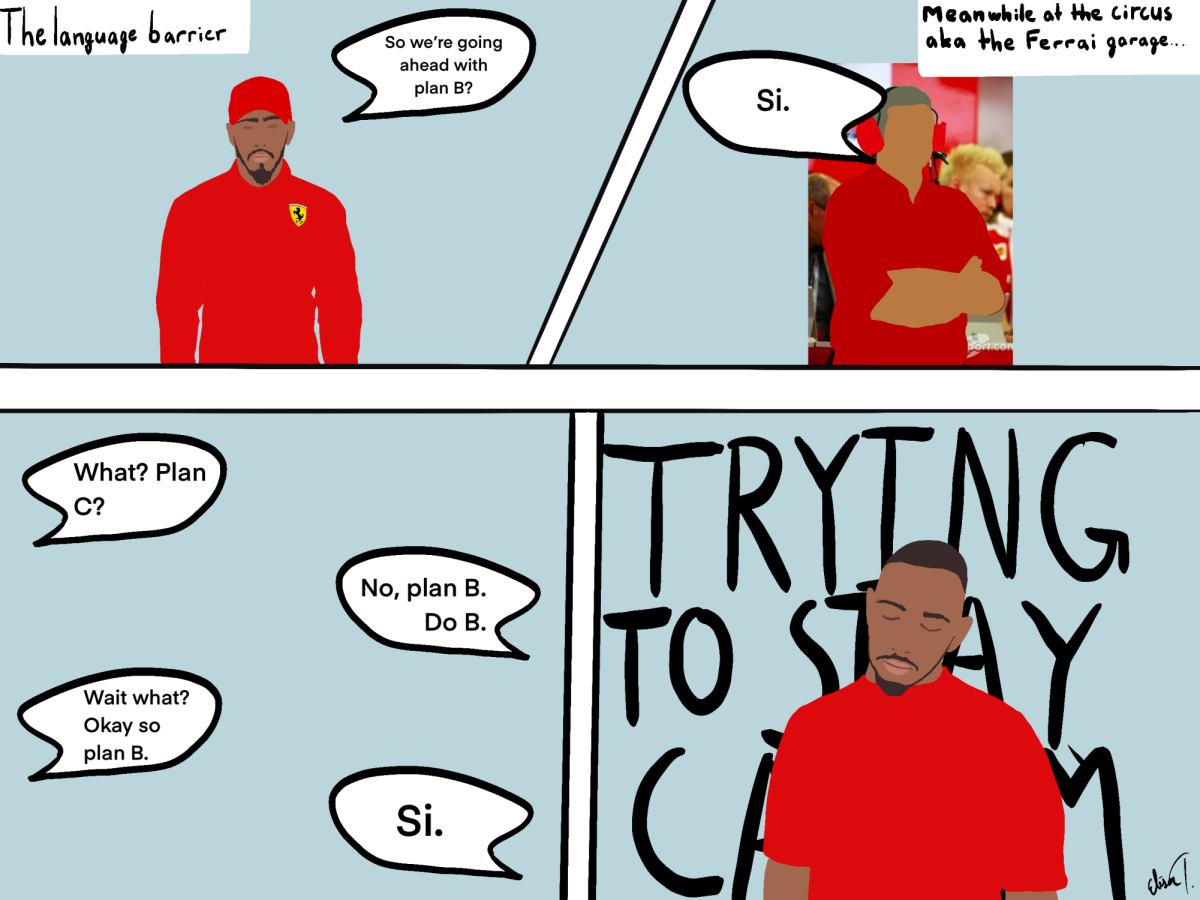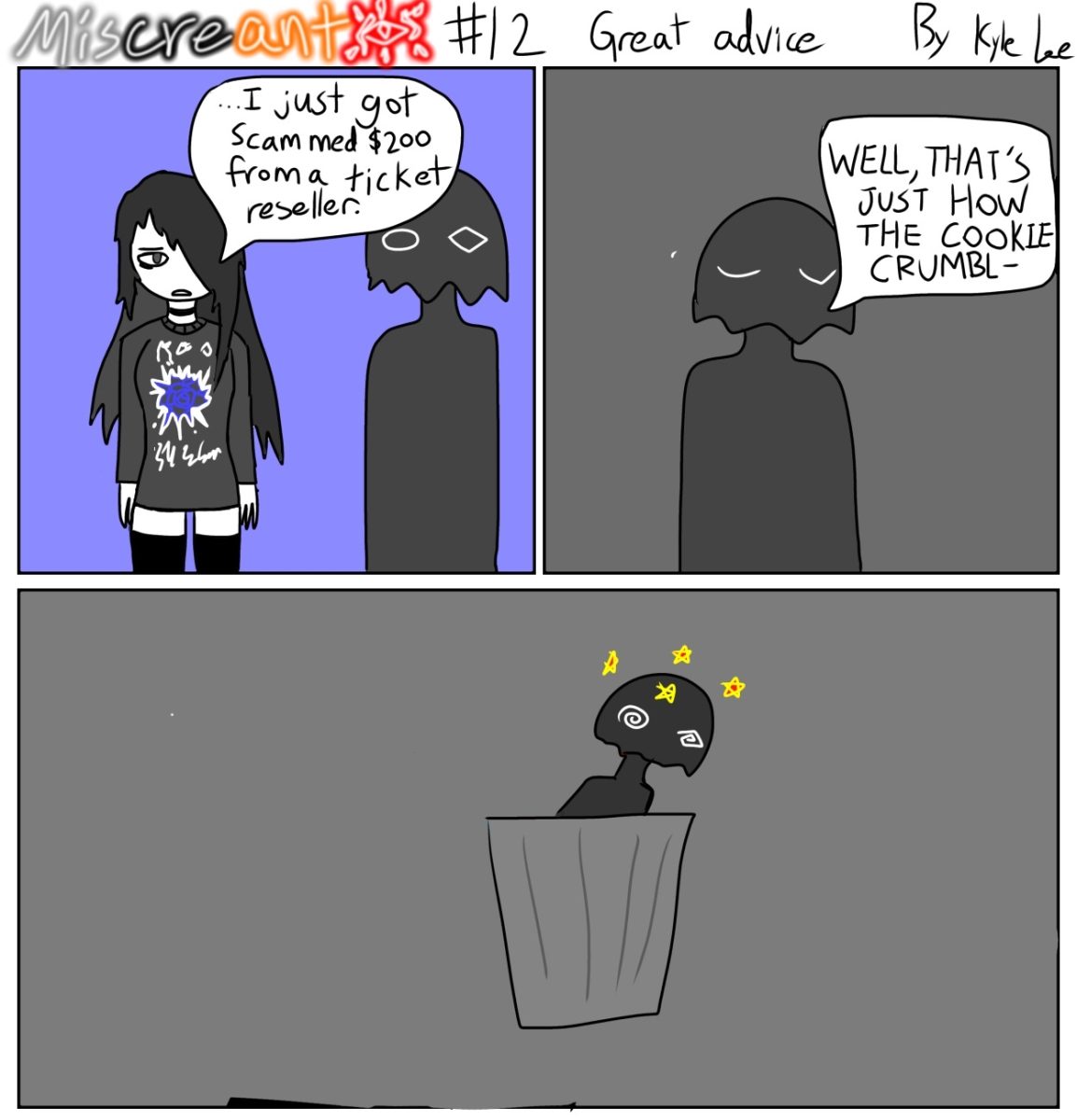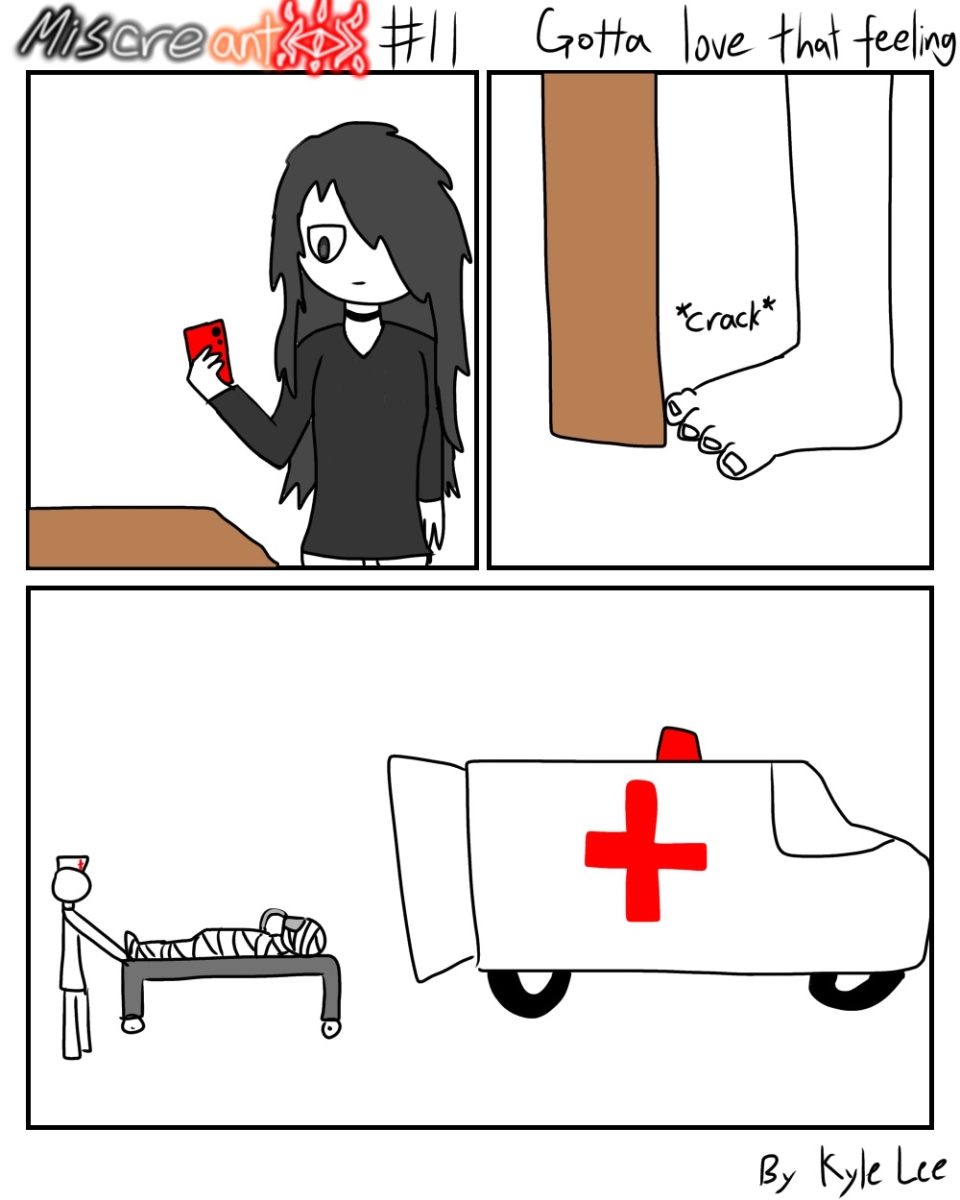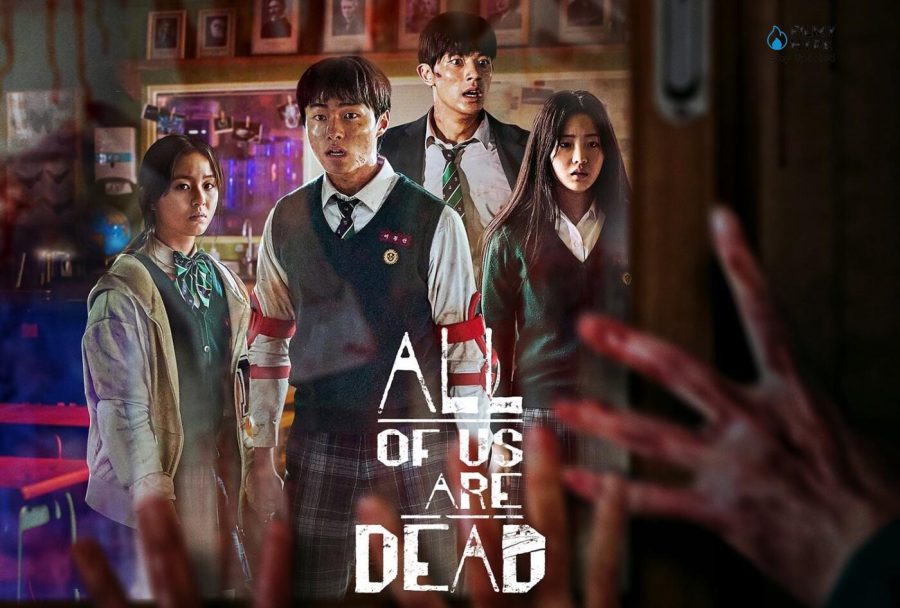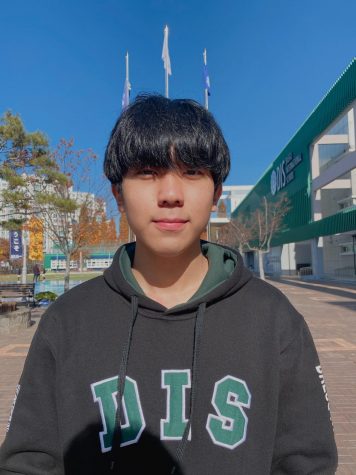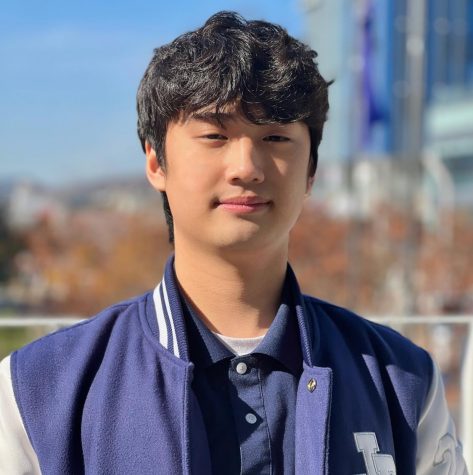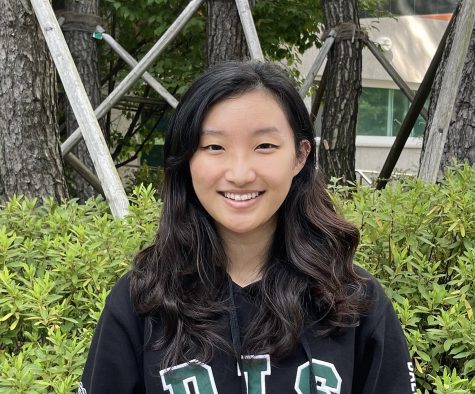“All of Us are Dead” Breaks the Mold
Korean Netflix Series Tops the Zombie Genre List
“All of Us are Dead” differentiates itself with other standard zombie storylines. Courtesy of Netflix.
March 1, 2022
The zombie apocalypse genre has been played out for a decade, but save your eyeroll for the next one – because this one hits the mark. “All of Us are Dead,” a Netflix original K-Drama, recently saw massive success in Korea, topping Netflix’s trending rankings for the platform domestically.
“All of Us are Dead” was a fresh take on the same-old living-dead story that I was beginning to get bored of. The story takes place at Hyosan High School, where a science teacher accidentally creates a zombie virus in an attempt to rid the campus of the rampant bullying problem that his son was a prominent victim of. As the virulent disease takes hold of the school, and eventually, the local area, norms in every aspect of society are challenged; hierarchy, friendships, romantic relationships and parental bonds are all tested to their limits in the face of the chaotic evil that is an apocalypse.
There are many noteworthy points from the show that have earned its popularity. First and foremost, the zombies themselves were attention-grabbing: the facial expressions and voices of the actors behind the beasts were impressively realistic, capturing the interest and horror of many viewers, myself included.
On the topic of acting, the main characters were also well played out; they accurately reflected how real students would act in a tragedy of such a massive scale, in the absence of the codes of law and social order. As a student, I resonated deeply with the emotions and tensions among the main cast of teenagers, thanks to how on-point actors were as they executed their roles.
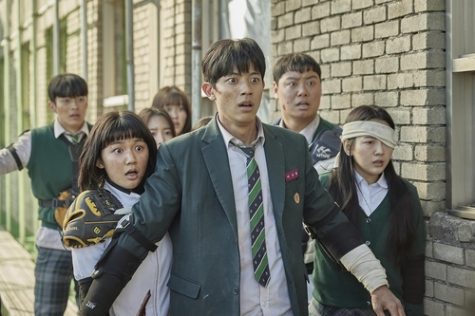
The background of the show is intriguing as well. While the school setting and adolescent characters get younger viewers engaged in the show, the story also takes place in Andong, a rural Korean locale in Gyeongsangbuk-do, featuring many traditional houses and old buildings. With the combination of Korea’s youth and an aging backdrop, the show presents a unique environmental blend that is striking both visually and story-wise.
The dynamics found frequently in schools all over the world are heavy influences that are both subverted and played upon within the show, creating an intensely relatable environment that immersed me in its universe. Naturally, as a student myself, I often imagined what I would do if I was put in a similar situation, with the world overrun by zombies.
Being completely honest, I wasn’t sold on the premise before I started watching, hesitant to check out what seemed like a played-out take in the flesheater genre that would capitalize on shock factor and nothing more. Yet, when I decided to give the show a try, I found myself instantly hooked with the universe after just one episode, which featured a compelling interpretation of traditional living-dead media, and speedy pacing to punch the viewers in the face with excitement and anticipation.
Audio deserves some praise in the show too. Intense music and accompanying motifs complemented the urgency of the situation, helping the audience’s engagement beyond dialogues and actions. Folk songs like ‘Auld Lang Syne’ add traditional weight, while Gregorian chants like ‘Miserei mei, Deus’ express the hopeless despair of the cast, outside of the limitations of what can be said with words.
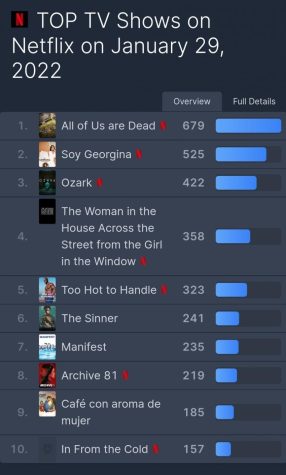
Due to the nature of its genre, the show is inevitably compared to the movie “Train to Busan”, another Korean zombie megahit. However, I think that the two shows offer very different experiences: “All of Us are Dead’s” setting allows much more dynamic choreography as opposed to the isolated environment “Train to Busan” takes place in. For instance, switch-ups between different classrooms and areas of the school – all featuring varying lighting, atmosphere, problems and solutions – kept the show interesting throughout the entire season.
I strongly recommend the show to high schoolers and teachers—especially those in Korean schools—but not to younger students. While the show should be very captivating for anybody regularly interacting with a standard school environment, its brutality and gory scenes make it hard for me to recommend mindlessly.
To sum it all up, All of Us are Dead is a popular – and great – show that benefits off of its uniqueness. It isn’t afraid to separate itself from the expected standard of regular undead media, and its snappy, fast-paced formula works in tandem with the dynamic characters and the bounds of the genre. Ultimately, I enjoyed the show thoroughly, and you should definitely give it a try as well.




